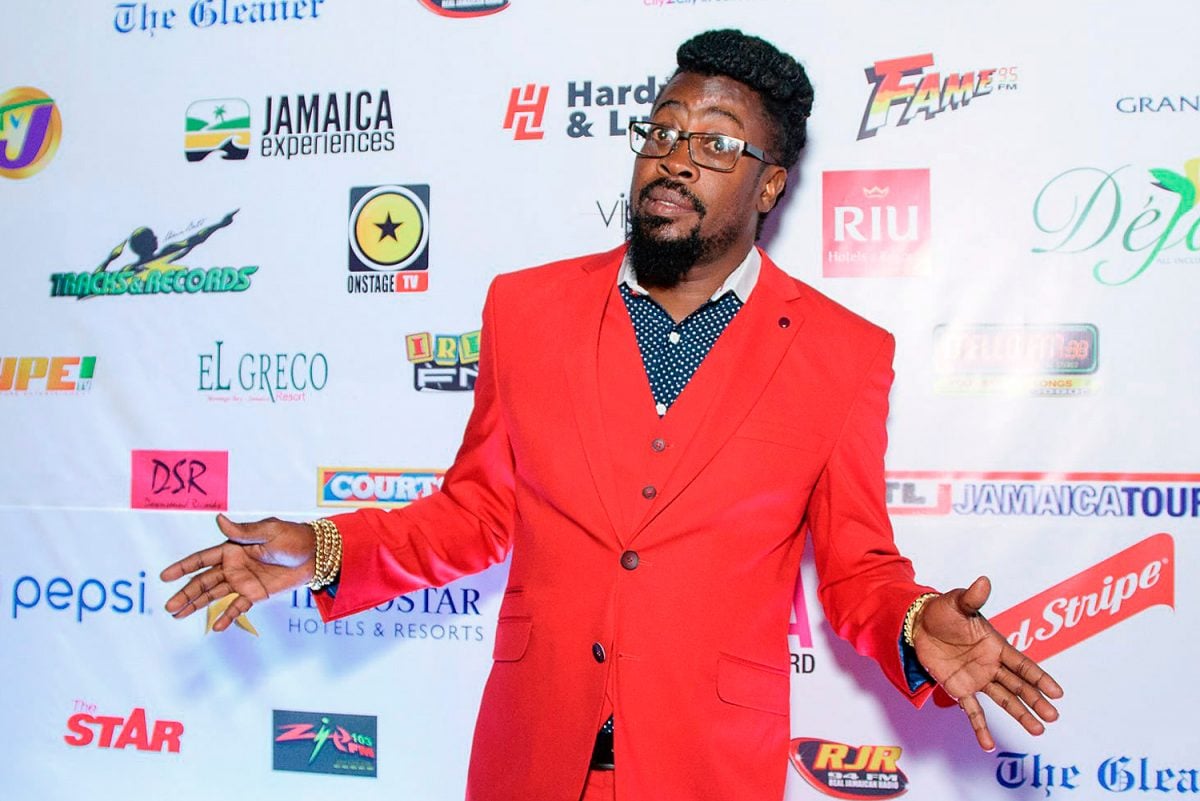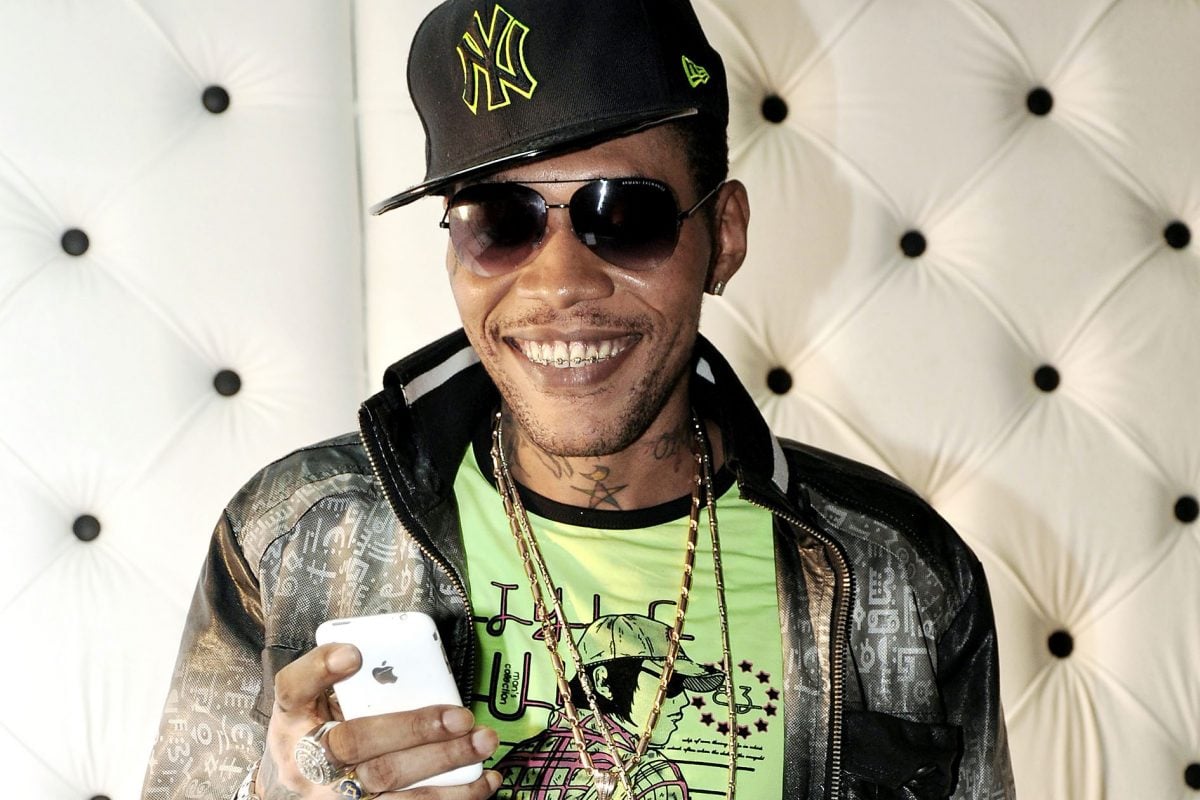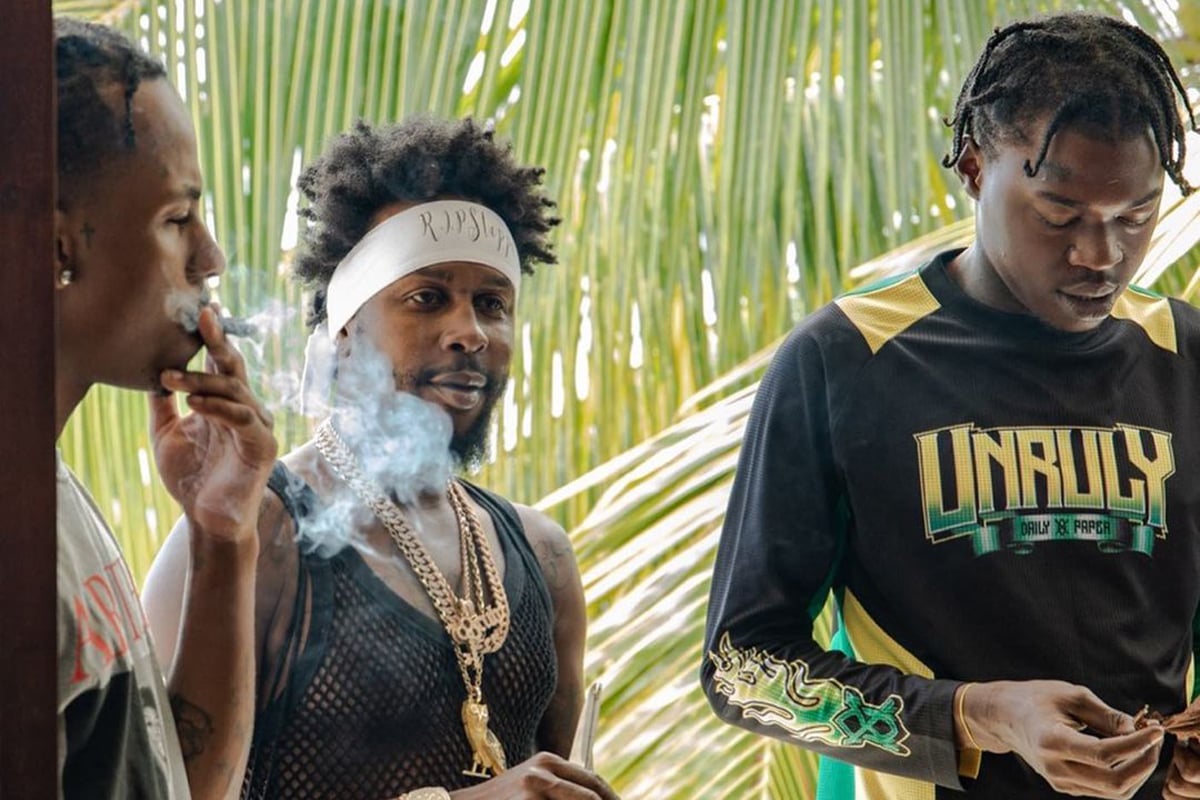Dancehall Is Changing: More Hip-Hop Than Reggae?

From extensively observing the genre’s genesis, to now witnessing its grand revelation, the powerful and unstoppable force that is Dancehall music has become an engine of cultural exchange and a magnet for commercialization. As a result, it’s left us with one unavoidable truth – whether frightening or not: Dancehall is changing, and a new generation is leading that charge.
In a recent interview with Complex UK, wildly-revered King of the Dancehall Beenie Man underscored the above sentiment when he said: “I would say the music is very different because of the form of rapping. The new era has that flavour of Dancehall but it also has a strong hip-hop influence. The yute dem have a new style and they are running with it. I can only respect that. They still keep the essence of Dancehall. All I can do is to watch them.”
What really is the essence of Dancehall? Who represents this “‘New School’” the King spoke of and how are they driving change in the genre? More importantly, considering Hip Hop’s now strong influence, is the ‘New School’ of Dancehall more closely related to Hip Hop than it is to Reggae, or is it more Reggae than it is hip-hop?
A Brief History Lesson
Around the late 1940s, dance halls – places in which people gathered to dance to sounds played over a sound system – took root in Jamaica, particularly because “uptown” parties never made room for the average Jamaican in their festivities. As a result, being for the working class/poor Jamaicans became an important identifier of what would eventually become known as Dancehall Music – a genre that ultimately came into its own in the late 1970s, parting ways with the themes and sounds of its predecessor – Roots Reggae. Whereas Reggae (Roots Reggae) intentionally reflected the plight of the people and the political turmoil that characterized Jamaica in its years both pre and post-Independence, Dancehall music was to be the bastard child of that genre – a genre that openly shunned the themes that propelled this new sound to the heights of popularity.
Those themes? Sex, violence and, of course, dancing. This new genre became further characterized by its use of faster rhythms and unadulterated Jamaican Patois (perhaps maintaining its predecessor’s rebellious spirit by refusing to subscribe to the Queen’s English), and also by its focus on “riddims” or instrumentals. Those elements effectively distinguished Dancehall from everything else, and ultimately defined what it would be, at least initially.
That Hip Hop concurrently began blooming in the 1970s – specifically the year 1973, along practically the same trajectory and around the same time that Dancehall cemented its place in Jamaica – was no coincidence. On August 11, 1973, a Jamaican, Clive Campbell, better known as DJ Kool Herc, laid the very foundation upon which Hip-Hop would be built. “In an attempt to draw out the percussive ‘breaks’ in popular funk and soul records, he began performing with not only one but two turntables, elongating these sections for a crowd hungry to dance” wrote Josh Hall for RedBull, describing how the founding father of Hip Hop ultimately set the gears in motion for what is now arguably the most popular genre of music in the world today. Hip Hop was born “in the recreation room of an apartment building in the west Bronx, New York City”, according to History.com, and Dancehall born from the… halls of dance, basically. Fancy that.
Hip-Hop is traditionally known to generally consist of five elements – rapping, DJ-ing, break dancing, beatboxing and graffiti writing. But all things change, and contemporary hip-hop, while strongly possessing elements of its predecessor, is markedly different from it. What prevails now, with most artistes prioritizing commercial success, is Pop Rap – “a genre of music fusing the rhythm-based lyricism of Hip Hop music with pop music’s preference for melodious vocals and catchy tunes”. Though ‘Pop Rap’ isn’t new, it’s certainly more popular than it was in the late 1980s when LL Cool J, Run DMC, and Beastie Boys were pioneering it. Importantly, Pop Rap is generally “less aggressive” on the lyrical front than other forms of Hip Hop or rap music. Interestingly, Dancehall music – at least the kind that performs exceptionally well internationally, also tends to be “less aggressive” (think Shaggy, Sean Paul, etc.) Perhaps that’s not a coincidence either.
The Dilemma
“There’s one Jamaican record every two to three years [that does really well]. The last big record was Konshens [‘Bruk Off Yuh Back’, 2017]; before that it was Kranium [‘Nobody Has To Know’, 2015]; before that it was Gyptian [‘Hold Yuh’, 2010]; before that it was Serani [‘No Games’, 2009]”, shared Jaxx, who’s produced for the likes of Kranium and Jada Kingdom, in an interview with Rolling Stone in 2018. Those familiar with the genre may agree that those songs fit the mould as being “less aggressive”. Additionally, Sean Paul is quoted in the same Rolling Stone interview as saying, “The first and biggest [challenge we face trying to break into the American market] is the way we speak. Most of us sing in patois, which evolves every year, so you can’t write it down in a textbook, you can’t teach it to someone unless they live it.”
Those two perspectives combine to create an interesting dilemma for Dancehall, which could explain the changes we, and even Beenie Man (referenced earlier) could be seeing. The dilemma: Continue doing the same thing, sounding how we’ve always sounded, while hoping for something different, for something more than what we’ve always been given or more than what we’ve always earned. Einstein coined that as the very definition of stupidity. The solution to that dilemma rested in change: How do we become something different while remaining true to who we are? That fine line is skilfully toed by only a few of our artists – and they are the ones leading the ‘New School’ of Dancehall.
The ‘New School’
Though not technically of the ‘‘New School’’, many may ascribe the status of Principal to this Dancehall legend – Adidja Palmer, more popularly known as Vybz Kartel. Kartel’s talent transcends his generation, and though his notoriety equally transcends his music, his talents simply cannot be denied. For ‘Di Teacha’, however, for all his successes, the hard truth is this: there are artistes now on the Dancehall scene, some protégés of his, who are penetrating spheres he never has. And even if reaching new spheres isn’t inherently indicative of greater degrees of success, it certainly increases the likelihood for that to happen.

Now for the ‘New School’… well, its most prominent figures: Popcaan, Spice, Alkaline, Skillibeng, Shenseea, Jada Kingdom, and Tommy Lee Sparta. It’s not hard to extend this list given the incredible roster of contemporary Jamaican Dancehall talents. In the same breath, superstars like Chronixx and the Grammy Award-winning Koffee, and the many others rising talents like them (Protoje, Lila Iké, etc.) are only left out of this conversation because they’re primarily identified with Reggae music, and not particularly Dancehall. To be clear, the ‘New School’ speaks to some of those Dancehall artists who are carving out spaces on the international scene, and have tweaked their respective original and overall styles to that end.
Spice, Shenseea and Skillibeng, for example, have either had notable collaborations with major players on that scene (Skillibeng and Nicki Minaj – Crocodile Teeth remix), or have drastically invested in the production and marketing elements of their most recent projects ( Run Run by Shenseea and Spice’s new video for Send It Up ).
Consistent with Beenie Man’s declaration that the ‘New School’ has a Hip Hop influence to it, Shenseea’s recent freestyles and Skillibeng’s projects unequivocally have that flavour, with both taking care to deliver in a manner that, while still utilizing patois, is not as aggressive, and sounds more closely to rapping, than it does to Dancehall’s characteristic DJ-ing.
While their overall adaptive strategy works, should it matter that we seem to have to be American-centric to reap notable success in those spaces? The answer is… complicated. But perhaps it doesn’t have to be. The transformation Dancehall artists undergo as part of this dynamic is nothing more than a form of Code Switching – and it may be more indicative of a desire to remain current, more than it is an indicator that Dancehall artists are subjecting themselves to a subgroup in Hip Hop culture.

With all that said, however, notable success isn’t exclusive to the North American markets, but, it certainly helps to find it there. Ironically, the secret to finding success there is adaptability, and the secret to keeping said success is originality. A Dancehall artist masquerading as a Hip Hop artist won’t be doing themselves any favours when they inevitably overextend themselves trying to be something they’re not.
As long as the ‘New School’ gets that, Dancehall should be in good hands.
From greats such as Frankie Paul, Barrington Levy, Junior Reid, Don Carlos, Al Campbell, Triston Palma, Gregory Isaacs and Bunny Wailer (among others), to Lady Saw, Beenie Man, Bounty Killer, Ninja Man, Buju Banton, Super Cat and Mad Cobra, change is not only necessary in Dancehall, it is inevitable. It is invaluable. With every change, Dancehall may sound different, but it remains unequivocally the same – the music of the people.
